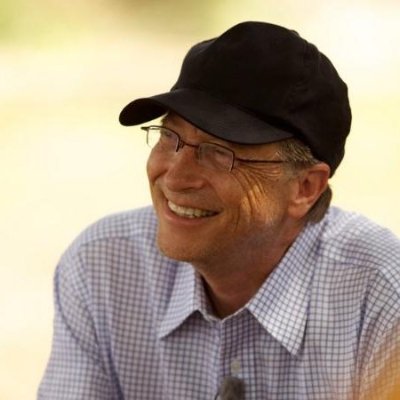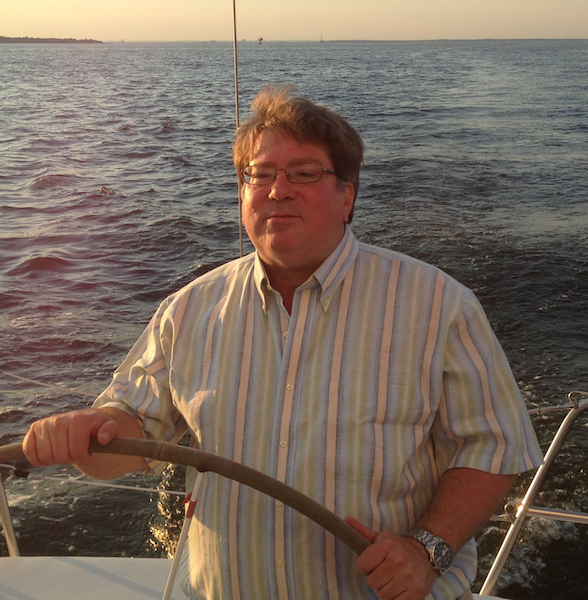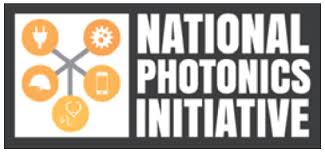public-private partnerships
See the following -
Bill Gates Won’t Save You From The Next Ebola Outbreak
 In late August 2014, Tom Frieden, then director of the Centers for Disease Control and Prevention, traveled to West Africa to assess the raging Ebola crisis. In the five months before Frieden’s visit, Ebola had spread from a village in Guinea, across borders and into cities in Liberia and Sierra Leone. Médecins Sans Frontières, the first international responder on the scene, had run out of staff to treat the rising numbers of sick people and had deemed the outbreak “out of control” back in June...
In late August 2014, Tom Frieden, then director of the Centers for Disease Control and Prevention, traveled to West Africa to assess the raging Ebola crisis. In the five months before Frieden’s visit, Ebola had spread from a village in Guinea, across borders and into cities in Liberia and Sierra Leone. Médecins Sans Frontières, the first international responder on the scene, had run out of staff to treat the rising numbers of sick people and had deemed the outbreak “out of control” back in June...
- Login to post comments
Can We Engage Private Pharmacies To Help Control Drug-Resistant Tuberculosis?
Antibiotic resistance and infectious diseases have long been high on my list of things to worry about, with multi-drug-resistant tuberculosis vying for top honors. In 2015, 10.4 million people became ill with tuberculosis, and 1.8 million died, making TB one of the top causes of death globally. Six countries account for 60% of the cases: China, India, Indonesia, Nigeria, Pakistan and South Africa. As I noted in a previous post, India is critically important to control of drug resistance as well as tuberculosis, as it has the highest TB burden, with 2.2 million infections annually, as well as the largest antibiotic consumption...
- Login to post comments
Leveraging Information Technology To Bridge The Health Workforce Gap
According to some estimates, the world needs more than 4 million additional physicians, nurses, pharmacists, labo- ratory technicians, midwives, commu- nity health workers (CHWs) and other front-line health workers.1 However, there is also a shortage of faculty that can provide high-quality training and mentorship for current training pro- grammes2 and continuing education opportunities for health workers.
- Login to post comments
OSEHRA Proposes Visionary Open Digital Health Platform for the VA
 The Veterans Health Administration (VHA) recently released a Request for Information (RFI) calling for advice on how to build an open, "interoperable digital health platform." The RFI received 40 responses. Only one of those was publicly released, the one from OSEHRA. That the open source EHR organization was the only one that has been open in their submissions, by itself, tells a story. There are some in the VA proposing replacing the open source VistA EHR with a "Commercial" lock-in product. Proprietary EHR vendors are circling the VA like sharks smelling blood in the water, and they don't want the public to know what they are up to...The OSEHRA response below. Note that several dozen OSEHRA member companies and associates participated in drafting this response.
The Veterans Health Administration (VHA) recently released a Request for Information (RFI) calling for advice on how to build an open, "interoperable digital health platform." The RFI received 40 responses. Only one of those was publicly released, the one from OSEHRA. That the open source EHR organization was the only one that has been open in their submissions, by itself, tells a story. There are some in the VA proposing replacing the open source VistA EHR with a "Commercial" lock-in product. Proprietary EHR vendors are circling the VA like sharks smelling blood in the water, and they don't want the public to know what they are up to...The OSEHRA response below. Note that several dozen OSEHRA member companies and associates participated in drafting this response.
- Login to post comments
Photonics-led Consortium Leverages $3B in Private Cancer Research for Early Detection Technologies
 The National Photonics Initiative (NPI)...today unveiled a white paper and cancer technology road map that identifies the most promising existing and new technologies for increased and concerted private and public investment to achieve the goals of the National Cancer Moonshot – accelerate the early detection of cancer and save lives.
The National Photonics Initiative (NPI)...today unveiled a white paper and cancer technology road map that identifies the most promising existing and new technologies for increased and concerted private and public investment to achieve the goals of the National Cancer Moonshot – accelerate the early detection of cancer and save lives.
- Login to post comments
Promoting Earthquake Readiness
In Oregon, Washington State and California, an early warning system helps citizens and officials better prepare for and respond to earthquakes. In the early morning hours on August 24, 2014, scientists at UC Berkeley received a “ShakeAlert” – an alarm providing warning of a pending earthquake. Five seconds later, the city of Napa felt a magnitude 6.0 earthquake. That five-second warning was an early success for a broader goal: the creation of an earthquake early warning system that can communicate the size, extent and timing of imminent earthquakes on the West Coast...
- Login to post comments
To Protect Voting, Use Open-Source Software
Although Russian hackers are reported to have tried to disrupt the November election with attacks on the voting systems of 39 states, the consensus of the intelligence community is that they were probably unsuccessful in their efforts to delete and alter voter data. But another national election is just 15 months away, and the risk that those working on behalf of President Vladimir Putin of Russia could do real damage — and even manage to mark your ballot for you or altering your vote — remains...
- Login to post comments